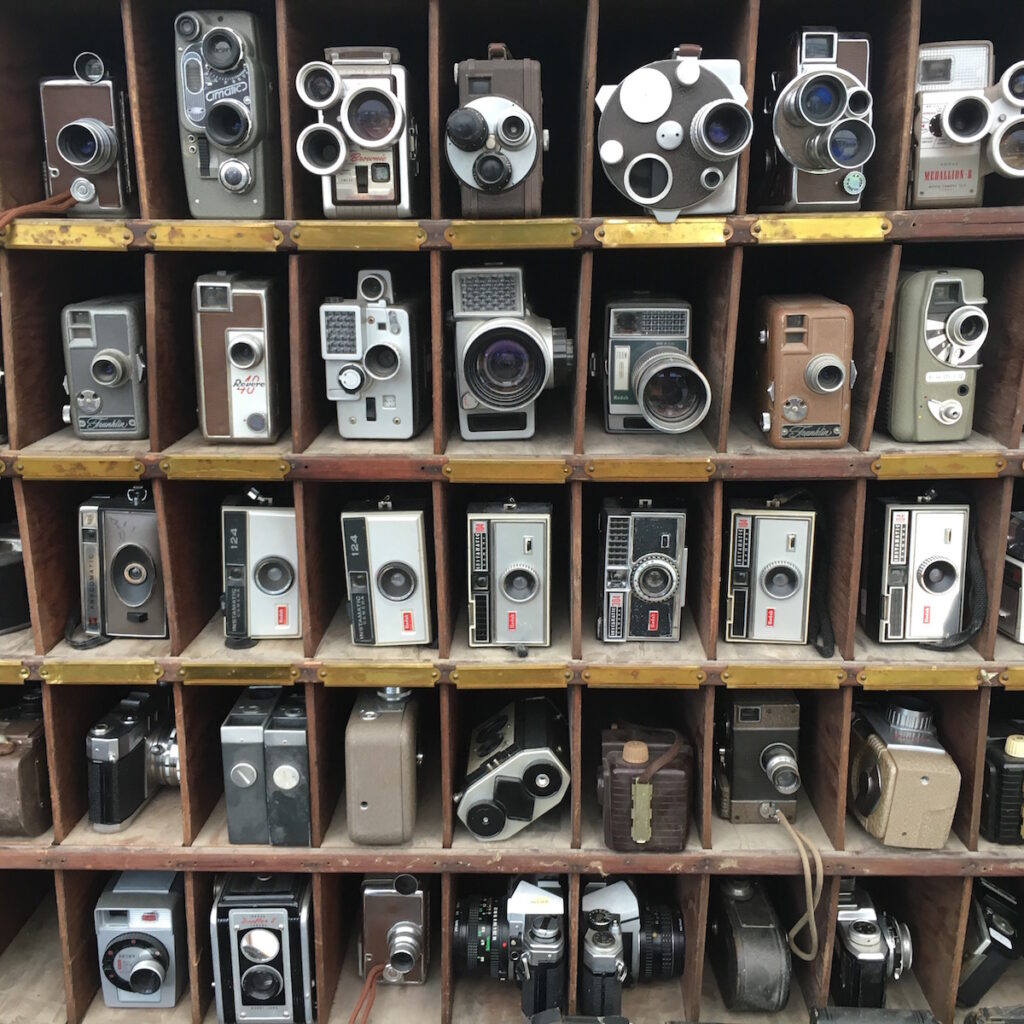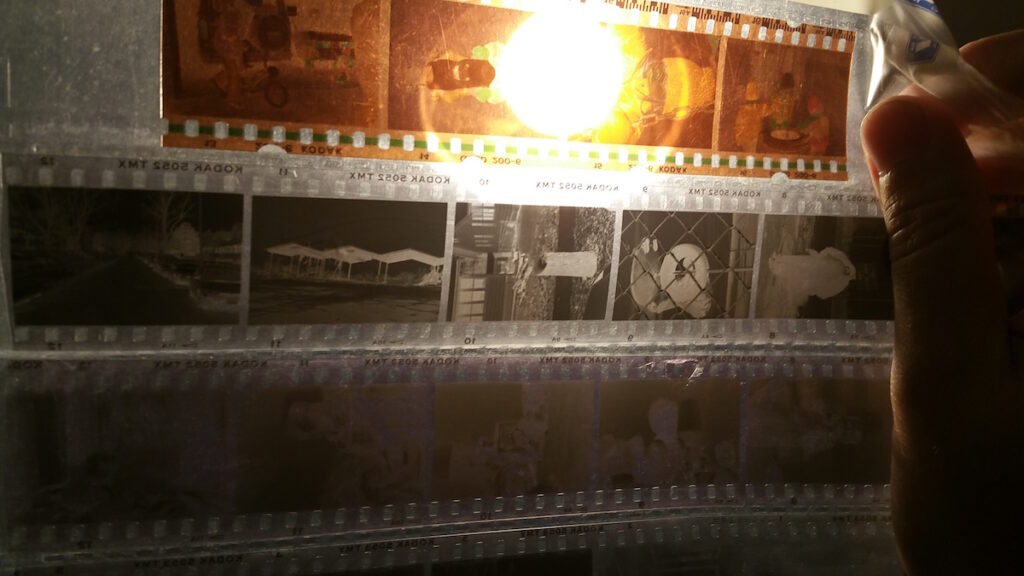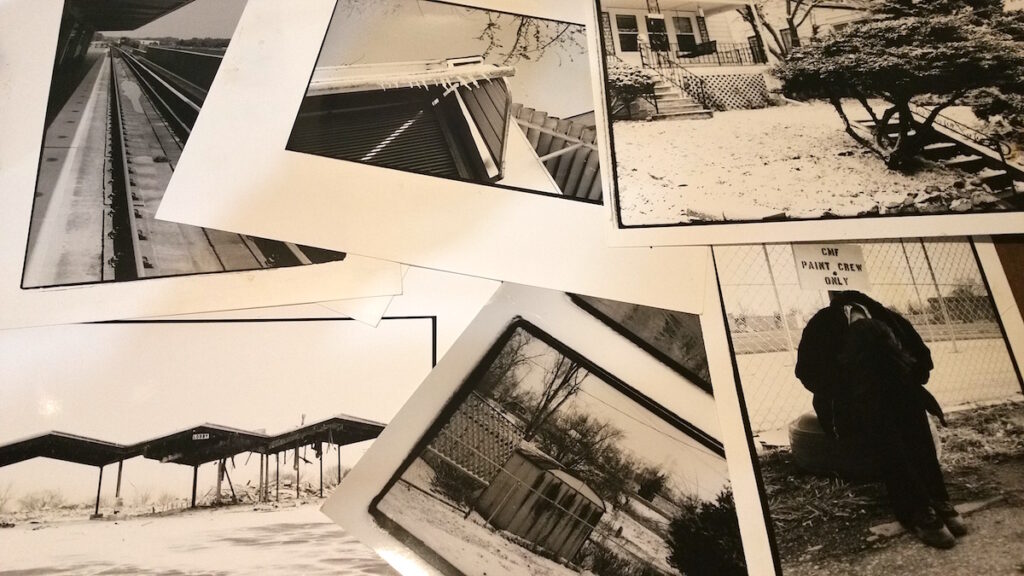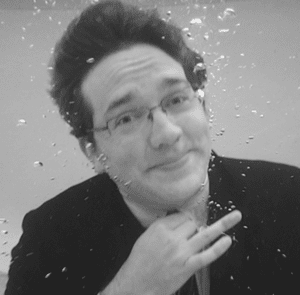A certain romanticism comes with our memories of working in the darkroom. We have a nostalgia for chemical processes, developing film, and the dull red glow that informed so much of what we did with our photography. We may miss the excitement of agitating photo paper in developer, loading a roll of film, or making a contact sheet.
But it’s over. We need to face the fact that the darkroom is dead.

Ever since Kodak stopped making 35mm cameras in 2004, and probably even before, the analog process started its inexorable march toward obscurity. Film photography has already taken its place among the vintage processes of bookbinding, woodworking, and making your own clothes. Admirable, for sure, but completely out of touch with modern life . . . and therefore irrelevant to our students.
Ask yourself this: why do we want to teach our students about a dying artistic process, when it has been replaced so cleanly and so completely by something easier, cheaper, and better?
Yes, there is something to be said for learning the basics, knowing the origination of the processes. But what skills does the darkroom teach that can’t be learned elsewhere? The fact is this: in six months of dedicated digital work, my students can learn what it took me a decade to pick up using film. When you consider the immediacy, the lack of expense, and the ease of shooting digitally, there are few barriers to becoming a quality photographer in a short amount of time. Technology is the great equalizer.
All the while, analog film is getting more and more expensive, difficult to purchase, and to use properly and safely.
Why do you want to fight through all of these issues?
It’s Difficult to Budget and Find Supplies
Film, paper, and chemicals are all becoming increasingly more difficult to find and increasingly more expensive. The chemicals in the back of your closet have probably expired. And if it’s this difficult to access now, how much more difficult will it be in five years? Or ten? Once your enlarger breaks down, which it inevitably will, it is difficult and expensive to repair–and prohibitively expensive to replace.

The Chemicals are Dangerous
There’s no other way to say it: photo chemicals can do some nasty things. On their own, almost every chemical is dangerous enough it shouldn’t be poured down the drain. Developer can induce allergies and inflame the skin. Fixer can turn into a toxic gas if it’s mixed with an acid. Even when fixer is just sitting in the tub, it slowly releases sulfur dioxide. Read the OSHA guidelines for a darkroom, and ask yourself if you’re really following all the rules. And if you are, is it worth it?

The Process is Outdated
More than anything, it takes so long to do everything via film. Think about the process: I load film onto my roll, shoot 24 photos, I load the film into the tank, develop it, hang it to dry. Come back the next day, print a contact sheet, review it, do test strips, make a couple prints, process them, wait for them to dry. In that time, how many digital photos could I have taken? Hundreds? Thousands? I could have also edited, published, and gotten feedback on any of them I wanted almost immediately. In that case, who is learning more, and who is learning faster? You’re slowing down learning every second you’re in the darkroom.
The darkroom experience is unique, and it’s one that I miss personally. But my own nostalgia doesn’t change the fact that it’s an outdated method of working that is perilously close to becoming irrelevant. There are easier, better, faster, and cheaper ways to teach all of these skills. We, in fact, do our students a disservice by holding them back with analog processes. Your darkroom is dead, and it’s time to let your students move on.
Do you agree the darkroom is dead? Why or why not?
How do you approach photography in your art room?
Magazine articles and podcasts are opinions of professional education contributors and do not necessarily represent the position of the Art of Education University (AOEU) or its academic offerings. Contributors use terms in the way they are most often talked about in the scope of their educational experiences.





